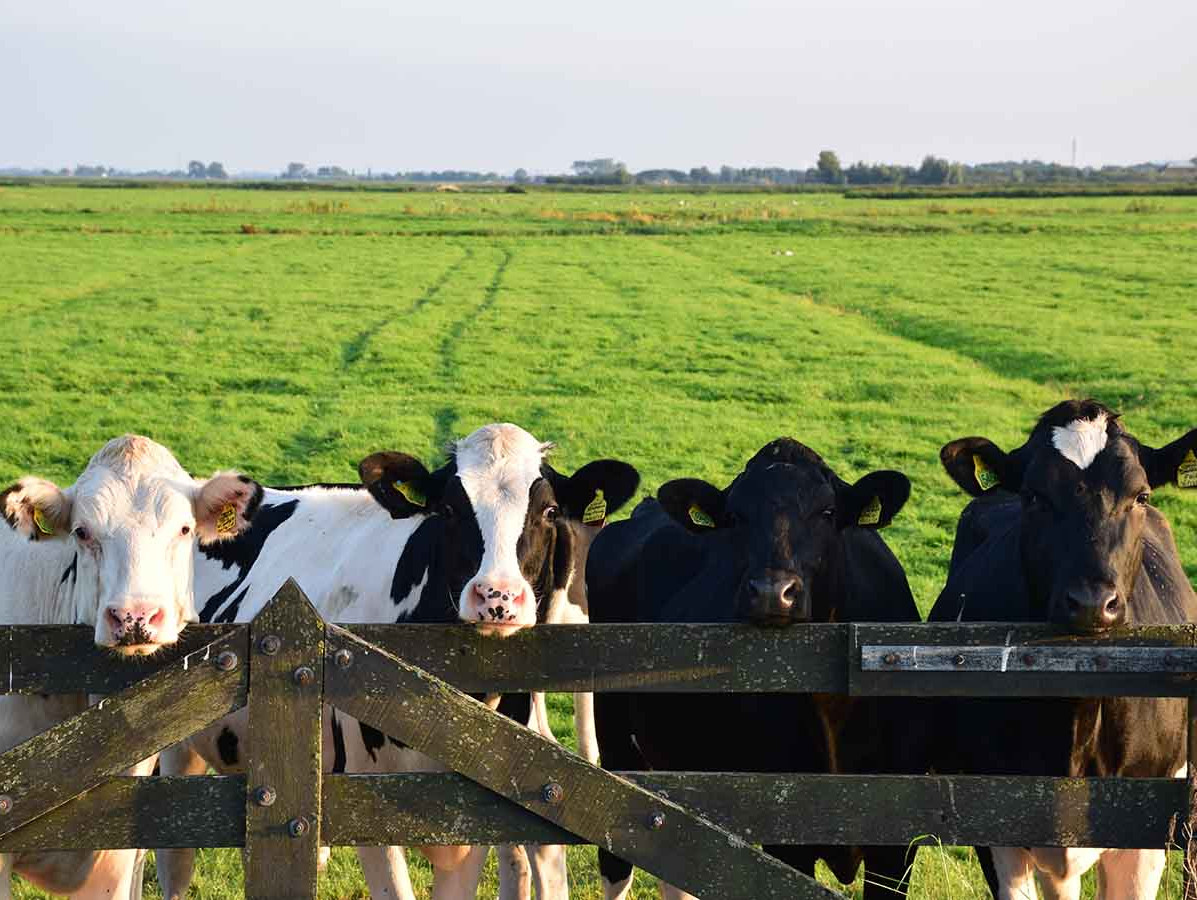
According to a recent report by Wageningen University & Research (WUR), Dutch agriculture can meet the 2030 climate goals, but this requires an ambitious package of climate measures.
The report, titled "Policy scenarios for climate mitigation in agriculture and land use," emphasizes that the agricultural sector needs a combination of technical measures, livestock reduction, ditch leveling in peatland areas and more forest to meet the Dutch 2030 climate target. However, a climate-neutral agriculture and forestry sector in 2035, as proposed by the European Union, does not appear to be feasible for the Netherlands.
The Dutch goal is to reduce greenhouse gas emissions by 55% by 2030 compared to 1990. According to the National Agricultural Program (NPLG), the agricultural sector must achieve a reduction of 5 megatons of CO2 equivalents by 2030, which would result in a residual emission of 13.6 Mton (excluding energy-related emissions).
The Netherlands, with its large livestock sector and emissions from drained peatlands, is currently a significant source of greenhouse gases. However, the country has relatively little forest to offset emissions.
The report presents four policy scenarios for 2035. The optimistic scenario, in which the government implements effective policies and additional guidance is provided by industry and other actors, appears to be the most promising with estimated emissions of 10.9 Mton in 2035, well below the set targets. Nevertheless, achieving a climate-neutral agriculture and forestry sector in the future requires further measures, such as reducing livestock and implementing technical solutions to reduce methane emissions.
However, implementation and acceptance of these measures can be problematic in the agricultural sector. The report emphasizes that clear guidance from both government and industry is essential to actually realize the intended measures.
Photo: RS 74/Shutterstock.com
Source: WUR